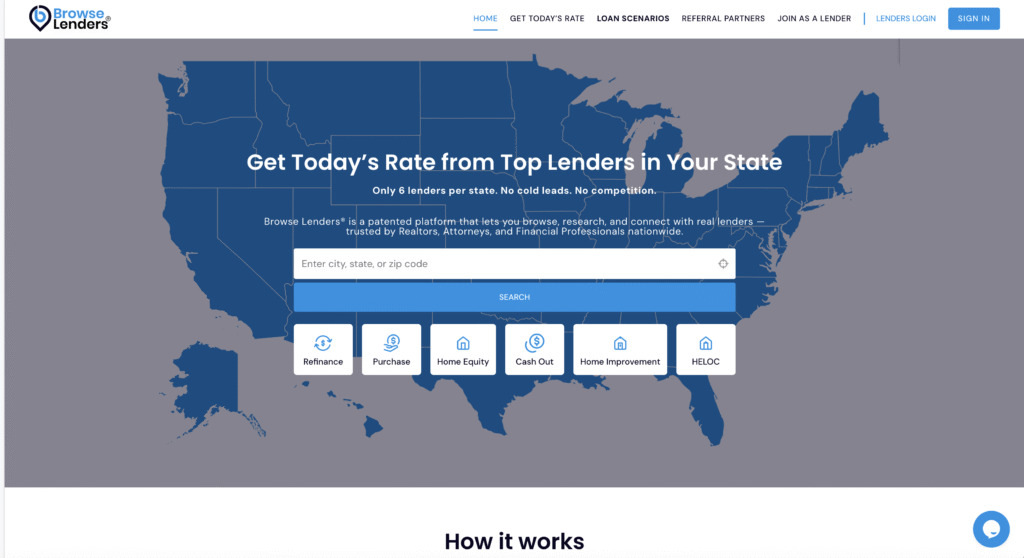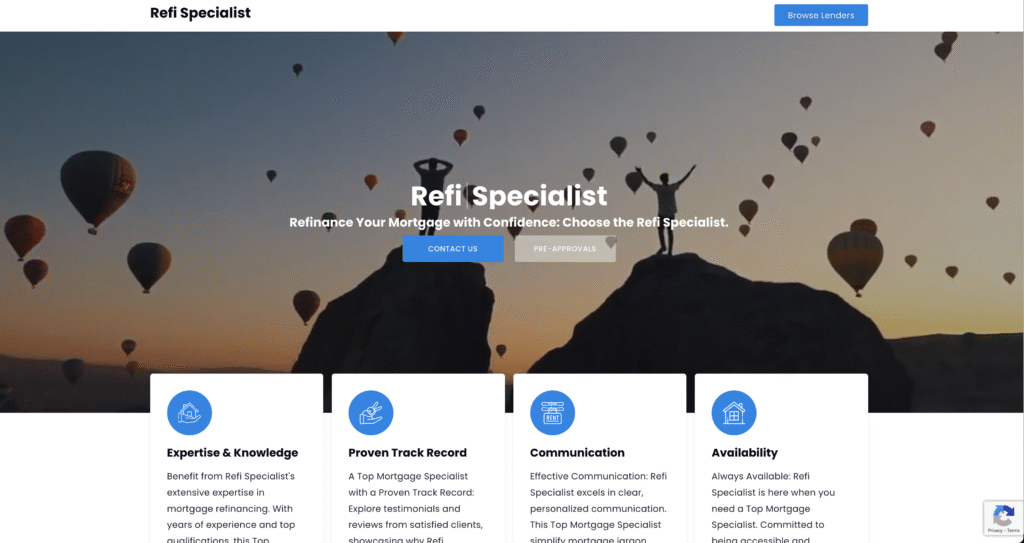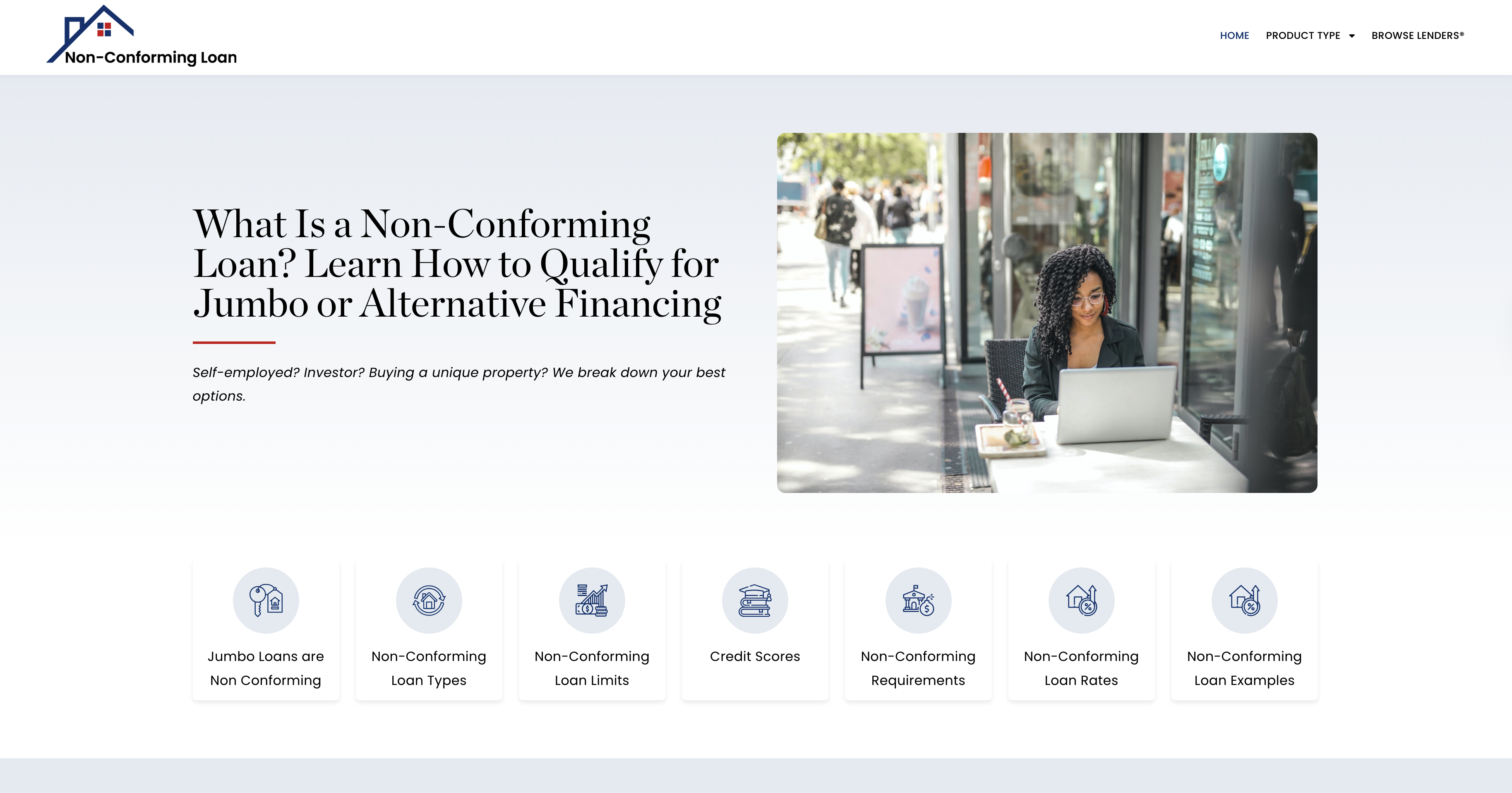WHAT DTI REALLY MEASURES (AND WHY MOST CONSUMERS MISREAD IT)
Most people believe DTI measures “how much of their income is going toward debt.” That is the surface-level definition — the one found on financial blogs, bank marketing materials, and consumer credit websites. But institutions do not use DTI to measure your history; they use it to measure your future pressure tolerance. DTI is not a reflection of debt — it is a reflection of capacity. It answers a different question than the consumer believes:
Consumers think DTI asks:
“Can I afford my current obligations?”
Institutions use DTI to ask:
“How close are you to financial strain if anything changes?”
That is why DTI affects your Middle Credit Score® far more than most borrowers realize — not mathematically, but behaviorally. It signals how much margin exists in your financial life.
Debt is a static number.
DTI is a strain-measurement signal.
When DTI is high, the system interprets you as someone who is operating close to the edge. When DTI is controlled, the system interprets you as someone with enough financial cushion to absorb risk without destabilizing. This is why two people with the same income and the same credit score can receive completely different treatment — the one with margin is trusted, the one without margin is managed.
The DTI Calculator on Middle Credit Score® does not exist to show you a ratio — it exists to show you what your ratio represents to the system. Until you see that interpretation, you cannot control it.
WHY DTI IS READ BEFORE INCOME ITSELF
People assume income is the proof of affordability. But institutions know that income is only useful when it is not already spoken for. This is why DTI is evaluated before income — because the amount you earn matters far less than the room you have left after your obligations are already subtracted.
Lenders are not asking:
“Can this person earn enough?”
They are asking:
“How much capacity remains after existing commitments?”
A borrower with a $120,000 salary and a 55% DTI is considered far riskier than a borrower making $65,000 with a 22% DTI — not because of income, but because of strain projection.
What a borrower calls “income,” underwriting calls remaining capacity. This is why increasing income does not always increase readiness — but decreasing DTI almost always does.
The DTI Calculator tells you, in advance, how much of your income still functions as leverage versus how much is already pre-spent. Underwriting hasn’t even looked at your income until it sees this ratio. Only after DTI passes the stability test does income become a meaningful advantage.
This means your earning power is not your leverage — your uncommitted income is.
DTI IS NOT ABOUT WHAT YOU OWE — IT’S ABOUT HOW EXPOSED YOU ARE
Most borrowers get blindsided not because their debt is high, but because their income exposure is high. DTI reveals how much shock your financial life can withstand. When the ratio rises too high, it signals vulnerability — it tells the system that any increase in cost, or loss of income, would destabilize you.
This is why institutions treat DTI as a forecasting factor, not a financial factor.
| Borrower’s View | Institutional View |
|---|---|
| “My DTI shows what I owe.” | “Your DTI shows how fragile or stable you are.” |
| “It’s about affordability.” | “It’s about exposure.” |
| “My debt is the issue.” | “Your margin is the issue.” |
| “This is a math ratio.” | “This is a reliability signal.” |
This is why even high earners are penalized when DTI is out of alignment. The system is not reading privilege — it’s reading pressure. And pressure trumps income every time.
The borrower thinks:
“Of course I can qualify, I make enough.”
Underwriting thinks:
“Income is irrelevant if there is no stability margin.”
WHY DTI SHOWS UP INSIDE YOUR MIDDLE CREDIT SCORE® AS READINESS (NOT RISK)
Your Middle Credit Score® is not merely a number — it is the system’s trust snapshot based on how predictably you can carry financial responsibility. DTI is one of the loudest behavioral inputs into that snapshot because it reveals fiscal posture: not wealth, not earnings, not savings — posture.
A borrower with a 680 and a strong DTI can outperform a borrower with a 740 and a strained DTI in real underwriting. This is why people with “lower credit scores” sometimes receive better mortgage pricing than people with “higher credit scores.” They didn’t beat the score — they beat the interpretation.
Your Middle Credit Score® reacts to the story behind the numbers, not just the numbers themselves. High DTI tells the system you are operating at emotional or financial saturation — even if you feel stable. Low DTI tells the system you can sustain financial obligation without strain.
DTI is not a calculation — it is a credibility readout.
It is underwriting asking:
“How much room do you have left to remain stable?”
This is why your DTI must be understood before application — because application does not create readiness. DTI signals readiness.
BEFORE VS AFTER: HOW PROPER DTI POSITIONING CHANGES OUTCOMES
Most consumers don’t realize they get penalized before underwriting ever evaluates them — because the DTI signal determines how much confidence or caution is applied to their file. When DTI is unmanaged, the system assumes instability. When DTI is managed, the system assumes sustainability.
| BEFORE Managing DTI | AFTER Managing DTI |
|---|---|
| Treated as financially tight | Treated as financially controlled |
| Viewed as “high maintenance” | Viewed as easy to carry |
| Higher pricing to offset pressure | Lower pricing due to stability |
| Manual review or slow approvals | Automated approvals and fast clearances |
| Lender confidence is low | Borrower leverage is high |
The powerful truth is this:
Improving DTI does not improve your income — it improves your interpretation.
When your interpretation changes, your approval path changes with it.
This is why borrowers who manage DTI before applying routinely earn better terms than borrowers who earn more but appear constrained. Systems don’t reward money — they reward margin.
THE HIDDEN FACTORS INSIDE DTI THAT MOST BORROWERS NEVER SEE
DTI is read through more than just the percentage. Underwriting interprets what the ratio implies about your lifestyle, strain tolerance, financial boundaries, and decision-making model. There are four silent interpretation layers beneath DTI:
| Institutional Lens | What It Reads | Interpretation |
|---|---|---|
| Pressure Load | % of income pre-committed | How close you are to financial fatigue |
| Elasticity | Room to absorb a shock | How stable your life is under change |
| Behavior Momentum | Whether obligations are increasing or decreasing over time | Direction of financial discipline |
| Borrower Posture | Whether spending is proactive or reactive | Whether you operate with control |
None of this appears in a consumer credit report — but it all appears in the Middle Credit Score® indirectly because the score follows perceived resilience, not paperwork.
The DTI Calculator on MiddleCreditScore.com is built to help you see these hidden interpretation layers — because readiness is never about “what is on paper.” Readiness is about how the system expects you to behave going forward.
CRITICAL MISTAKES THAT SABOTAGE DTI (AND WHY THEY LOOK HARMLESS TO THE BORROWER)
Most people lower their DTI incorrectly — and in doing so, they worsen the signal rather than strengthening it. These mistakes usually happen because the borrower is thinking in transactions, while underwriting is reading trajectory.
| Consumer Mistake | Borrower Thinks | Underwriting Interprets |
|---|---|---|
| Rapid payoffs | “I’m eliminating debt fast.” | “They are under pressure or liquidating to survive.” |
| Consolidation loans | “I simplified my payments.” | “They masked risk, but strain still exists.” |
| Adding side credit lines | “Extra room helps.” | “They needed more room to cope.” |
| Paying smallest debts last | “I’ll tackle the big one first.” | “They’re leaving weak accounts unresolved.” |
| Applying before stabilization | “I’m trending better.” | “They are still in transition = unstable.” |
The intention is irrelevant.
The signal is everything.
If a borrower does the right mathematical move at the wrong moment, underwriting still interprets instability — and readiness collapses.
USING DTI AS LEVERAGE (NOT JUST COMPLIANCE)
The moment you understand DTI as a capacity signal instead of a number, you can begin using it as a strategic advantage. This is where DTI stops being a restriction and starts becoming leverage.
The sequence is:
- Stabilize utilization (capacity at the revolving level)
- Stabilize DTI (capacity at the income level)
- Re-estimate readiness (institutional lens check)
- Apply only when margin reads as confident
This is why the DTI Calculator on MiddleCreditScore.com is not just a calculator — it is a positioning instrument. It is there to answer the institutional question before underwriting asks it:
“If we add one more obligation to this borrower, will they remain stable?”
When the answer is yes, your cost to borrow drops.
When the answer is no, your cost rises — even if you are “qualified.”
Readiness means margin, not movement.
Leverage means control, not income.
By tracking DTI correctly, you are not just reducing a ratio — you are demonstrating financial elasticity, the exact quality underwriting rewards with better pricing, faster approvals, and favorable treatment.
Once DTI reads as sustainable, the borrower moves from needing approval to qualifying by confidence. And once confidence is institutional — leverage exists.






